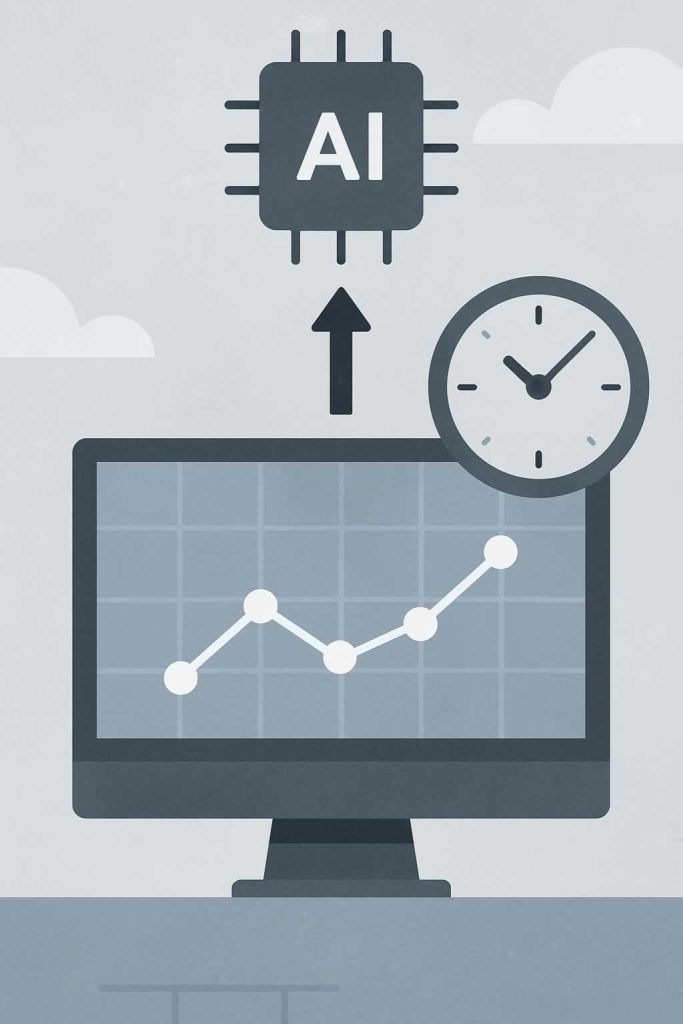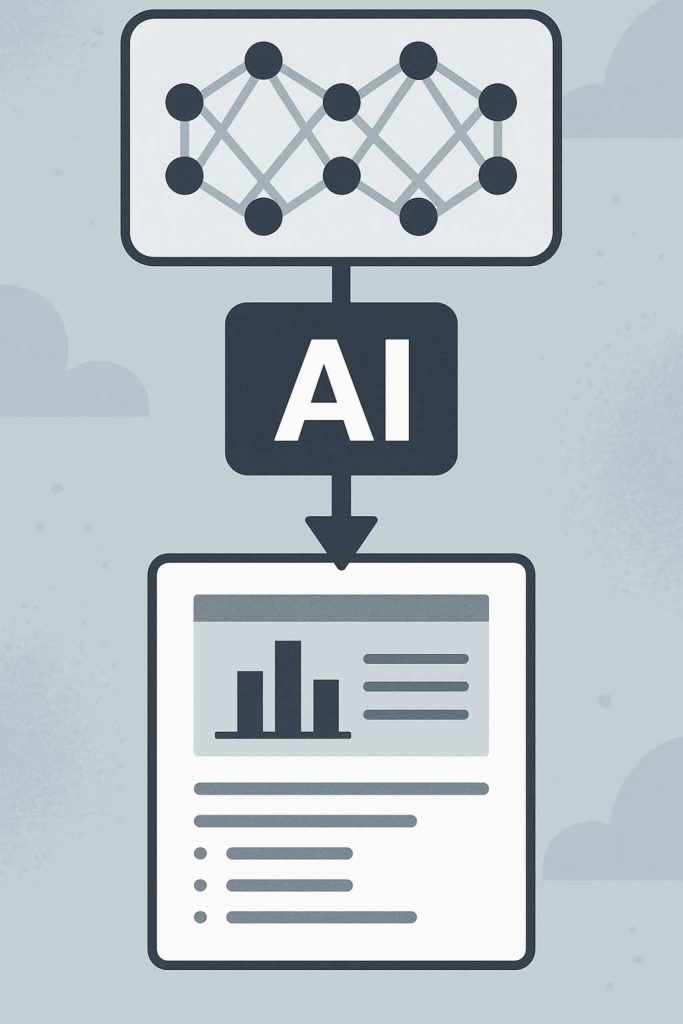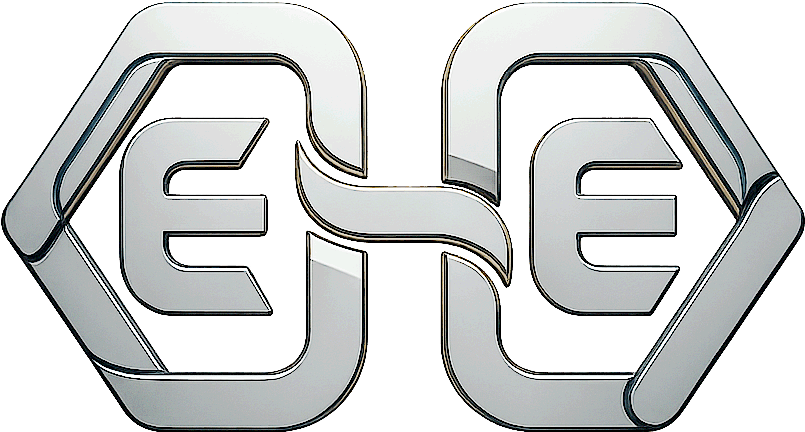

Monitoring model performance over time is one of the most important parts of deploying AI in the real world. At AEHEA, we build monitoring into every production system we launch. Without it, even the best-performing model can become unreliable as data changes, environments shift, or user behavior evolves. Ongoing monitoring tells us when a model is improving, when it is slipping, and when it needs to be retrained or replaced. It’s not just about tracking numbers it’s about maintaining trust in the system over time.
We begin by defining which metrics matter most. For classification tasks, that might include accuracy, precision, recall, and F1 score. For generative models, we look at quality signals like coherence, relevance, or human ratings. For real-time systems, we monitor response time, uptime, and usage volume. These metrics are collected at regular intervals hourly, daily, weekly and logged into a structured data store. This historical data lets us detect trends, seasonality, or slow degradation that might not show up in daily snapshots.
To visualize these metrics and set alerts, we use monitoring platforms like Grafana, Prometheus, or Superset. These tools help us set thresholds and flag anomalies automatically. If accuracy drops suddenly, or the number of empty responses spikes, we can receive immediate alerts and investigate. At AEHEA, we also implement shadow testing, where we run a new model alongside the current one and compare their outputs silently before making a switch. This gives us early warnings about performance differences without interrupting the user experience.
Monitoring is not just a technical task it is a feedback loop. We make sure teams can review logs, provide feedback, and flag incorrect outputs. That feedback is logged alongside the metrics and fed into retraining pipelines or improvement sprints. We treat model monitoring the same way we treat product analytics. It’s a living process that keeps the system aligned with real-world needs, adapting as those needs evolve. The result is an AI system that stays accurate, useful, and aligned with business goals, not just on launch day but every day after.
